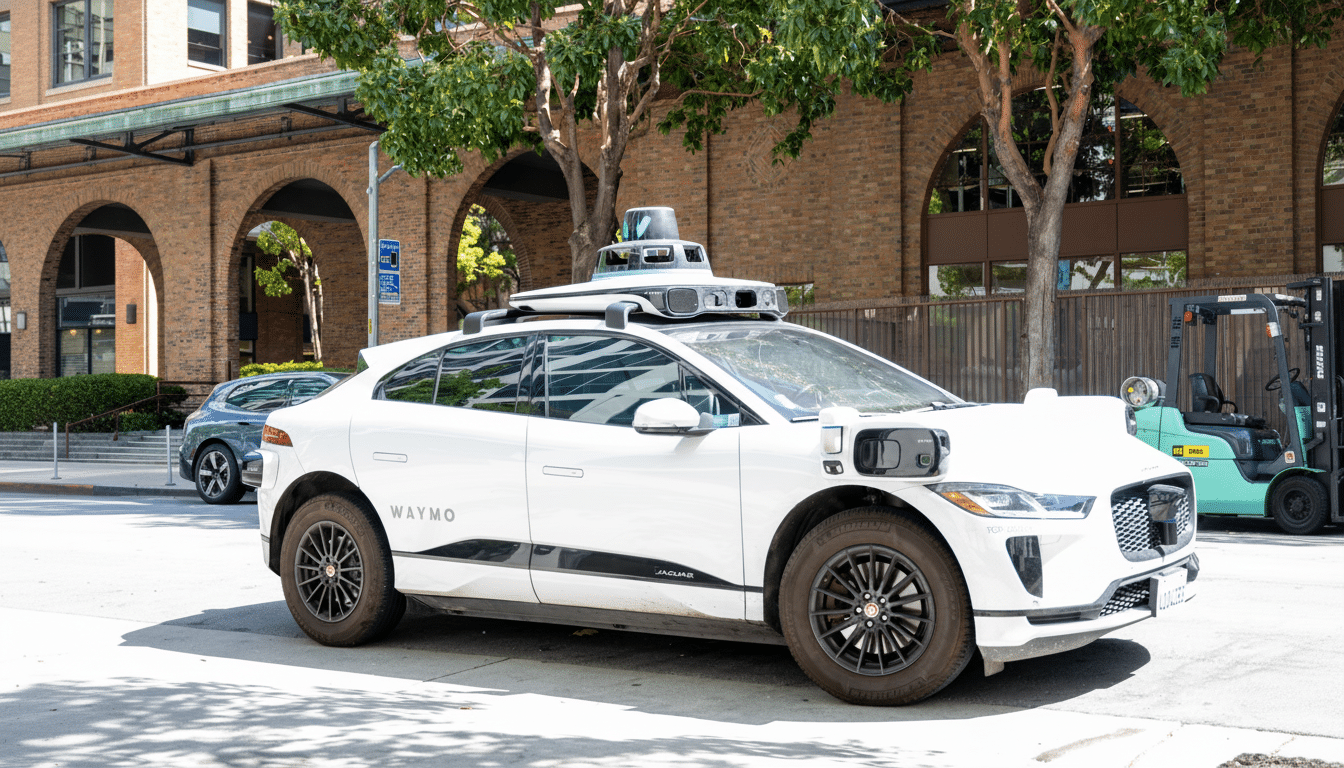Waymo is poised to introduce the latest version of its driverless ride-hailing service to London, planting a flag in one of the most aggressive strategies yet for testing autonomous trips without human drivers at the wheel. The company says it will start mapping key areas and validating its Waymo Driver software in the capital, with local fleet operations managed by Moove. Should approvals materialise, Londoners would hail rides through the Waymo app as the company tries to establish a presence in one of the world’s most complicated urban environments.
What Waymo will test on London’s roads and streets
London forces an autonomous system to navigate dense traffic, assertive lane merges, multi-lane roundabouts, bus lanes with time-of-day rules, and near-constant interaction with cyclists and pedestrians. Unlike US cities, which are grid-like, many London streets are narrow, irregular, and choked with temporary roadworks. Waymo’s playbook begins with high-resolution maps, followed by geofenced operations that grow larger as performance improves, just as it did in US launches.
- What Waymo will test on London’s roads and streets
- The regulatory path in the UK for autonomous taxis
- Partners, vehicles, and safety plans for London trials
- Why London is a crucible for autonomous driving
- Competitive landscape and timeline for London deployment
- What to watch next as Waymo maps and tests in London

The test will assess the ability of the Waymo Driver to read UK traffic signs and signals, drive on the left side of the road, and operate in heavily saturated conditions—such as during rain or when fog is present.
Expect a stepwise rollout:
- Supervised testing.
- Managed trials with riders in the seats.
- Fully driverless service within geofenced regions (pending approvals).
The regulatory path in the UK for autonomous taxis
Waymo’s timings will be shaped by the UK’s new legal framework for self-driving, overseen by the Department for Transport and the Centre for Connected and Autonomous Vehicles. The Automated Vehicles Act also introduces the notion of an “authorised self-driving entity,” establishes liability if things go wrong, and applies performance standards that must be reached before anyone can remove the safety driver. Transport for London will play a part too, since it regulates private hire services and sets the rules about where you can be picked up and dropped off.
Trials have to be conducted in compliance with a rigorous safety case, data reporting, and engagement with emergency services. This also includes incident logging, cybersecurity controls, and proof that the system respects UK-specific rules like bus-gate signage and the Highway Code. Services can only scale out of small pilot zones once those standards are met.
Partners, vehicles, and safety plans for London trials
Day-to-day operations—charging, cleaning, maintenance, and rider support—will be managed by Moove, a London-based mobility company that operates electric fleets, while Waymo runs the autonomous stack as well as the service platform. Waymo intends to operate its all-electric Jaguar I‑Pace vehicles, the same model it runs in the US. While these vehicles are currently set up for left-hand-drive markets, Waymo says trained autonomous specialists will oversee the early trials to make sure they stick to UK rules and road protocols.
Waymo usually supplements onboard perception with remote assistance for rare edge cases and will be required to disclose safety information to regulators in exchange for the right to operate. In recent updates to its safety reports, the company has said it completed millions of rider-only miles in the US, encountered zero at-fault collisions when driving that way, and posted crash rates below human driver baselines—figures regulators will examine if they consider Waymo as a candidate for authorisation in London.

Why London is a crucible for autonomous driving
London’s traffic hodgepodge—black cabs, buses, cyclists, freight vans, and ride-hail—makes for a rich stress test of autonomy. Time adds complexity that desert testing doesn’t provide. For Waymo, a hit here would be a loud message of product maturity outside its US comfort zones. The city, for its part, stands to gain quite a few benefits from AVs: safer streets (AI can’t get drunk), improved late-night service, and reduced emissions, as long as fleets are fully electric.
The UK has positioned itself as a proving ground for self-driving for some time, supported by public funding programmes and testbeds coordinated through CCAV. The UK has long been regarded as one of the leading markets for autonomous vehicles, as recognised by reports like the KPMG Autonomous Vehicles Readiness Index, which continues to include the UK in this category due to regulatory certainty and collaborative pilot schemes.
Competitive landscape and timeline for London deployment
Waymo won’t be alone. Uber and Wayve, a British startup, plan to synchronise generative-model autonomy with ride-hailing in London; Oxa and other UK companies are pushing forward logistics and shuttle pilots. The first company to secure licences for commercial driverless service in the capital would have a clear strategic advantage—and establish how TfL and national regulators oversee AV operations at scale.
In the meantime, Waymo’s US service continues to expand. The company’s paid trips number in the hundreds of thousands each week across its operational cities, with more than 20 million autonomous miles posted on public roadways and billions more driven in simulation. How well it translates to London will depend on how quickly it can prove itself with UK-specific behaviours and show that the system works in heavy rain, glare, and at night.
What to watch next as Waymo maps and tests in London
Critical signals will include:
- Where mapping begins.
- Which boroughs appear in early geofences.
- How Waymo works with TfL on kerb access and bus priority rules.
- The insurance provisions under the new AV regime.
- The locations of loading depots.
- How Waymo prices rides compared to minicabs and other ride-hailing options.
If London grants approvals, and the trials perform as promised, the city could turn into Waymo’s international showpiece—and a crucial case study for planning deployments across Europe. If they don’t, the result will still shape how regulators, transit agencies, and AV designers weigh ambition against safety on some of the toughest streets in the world.

